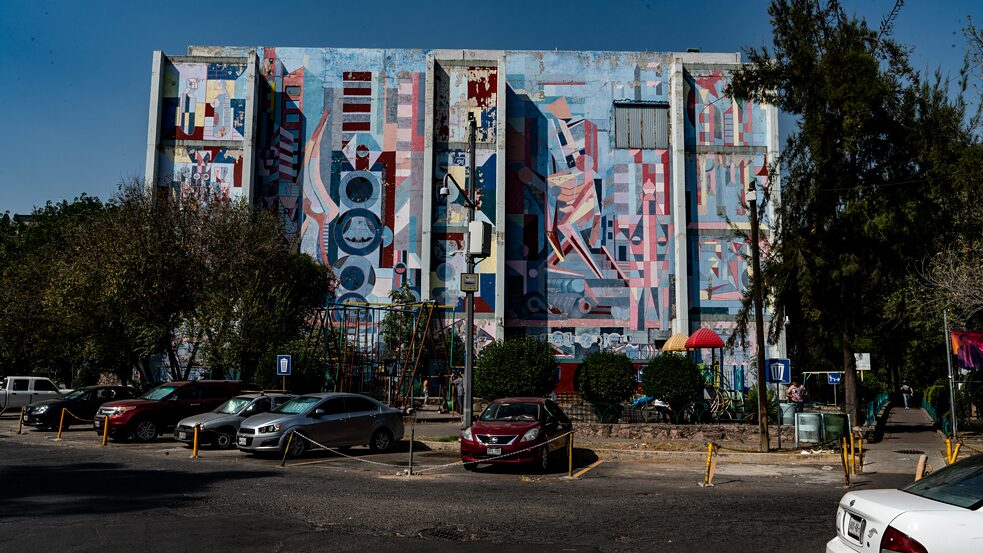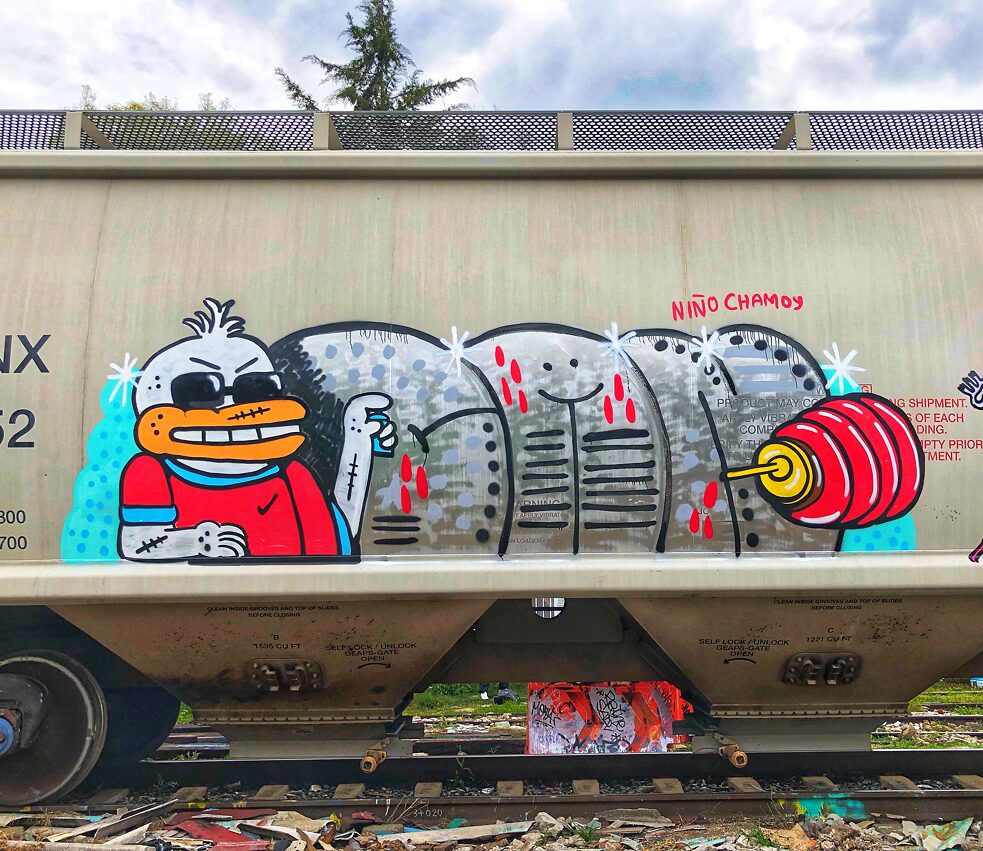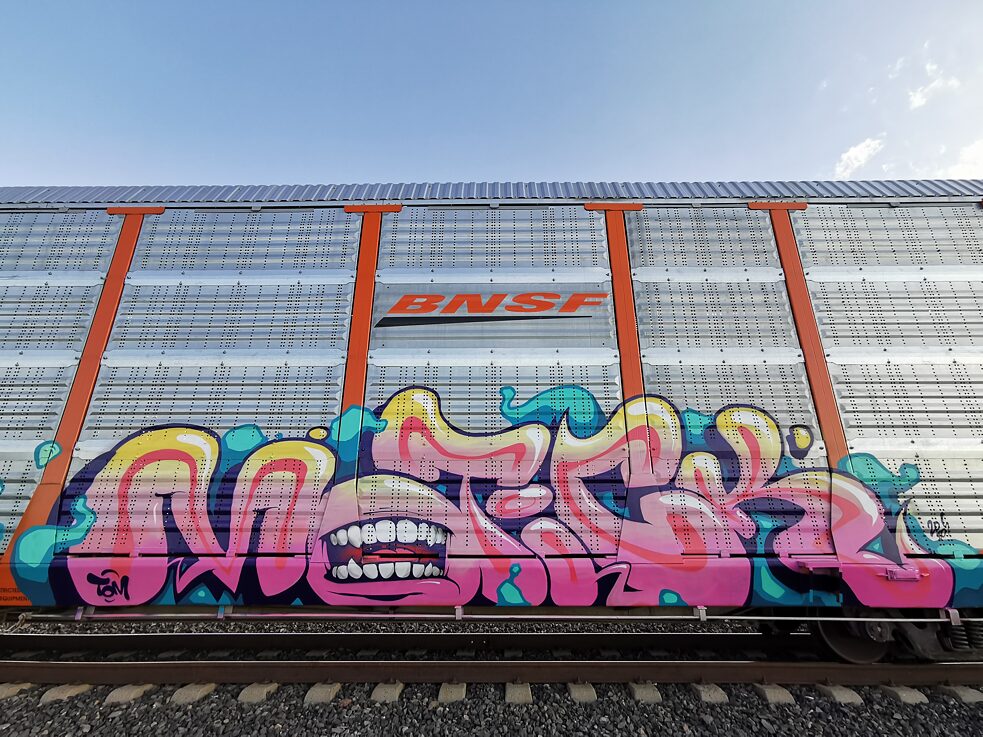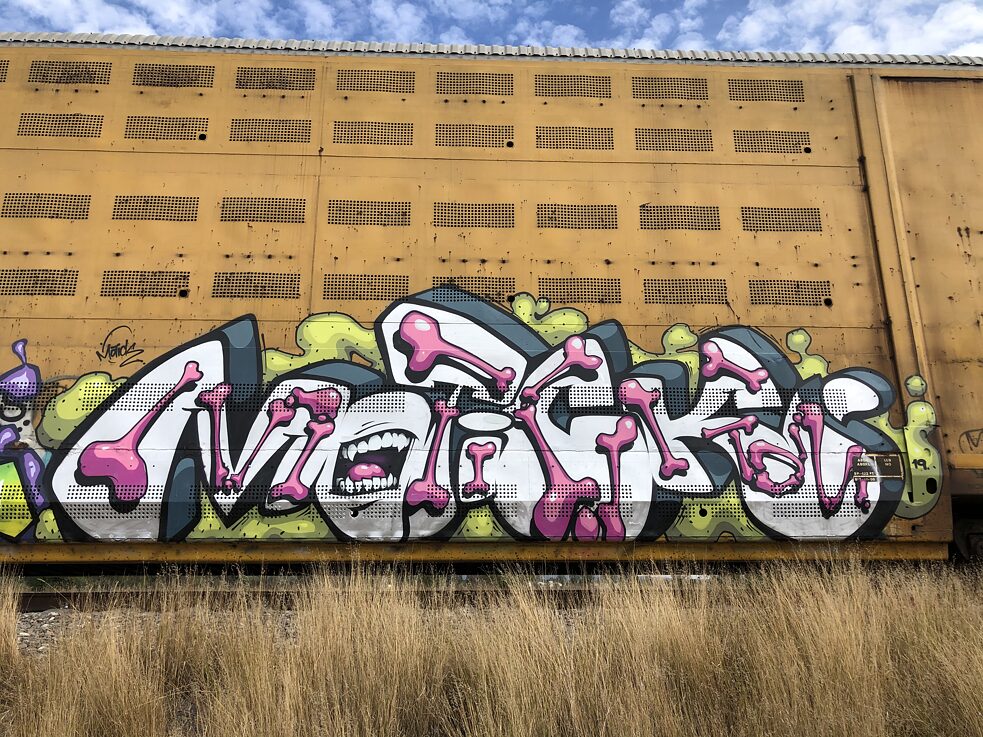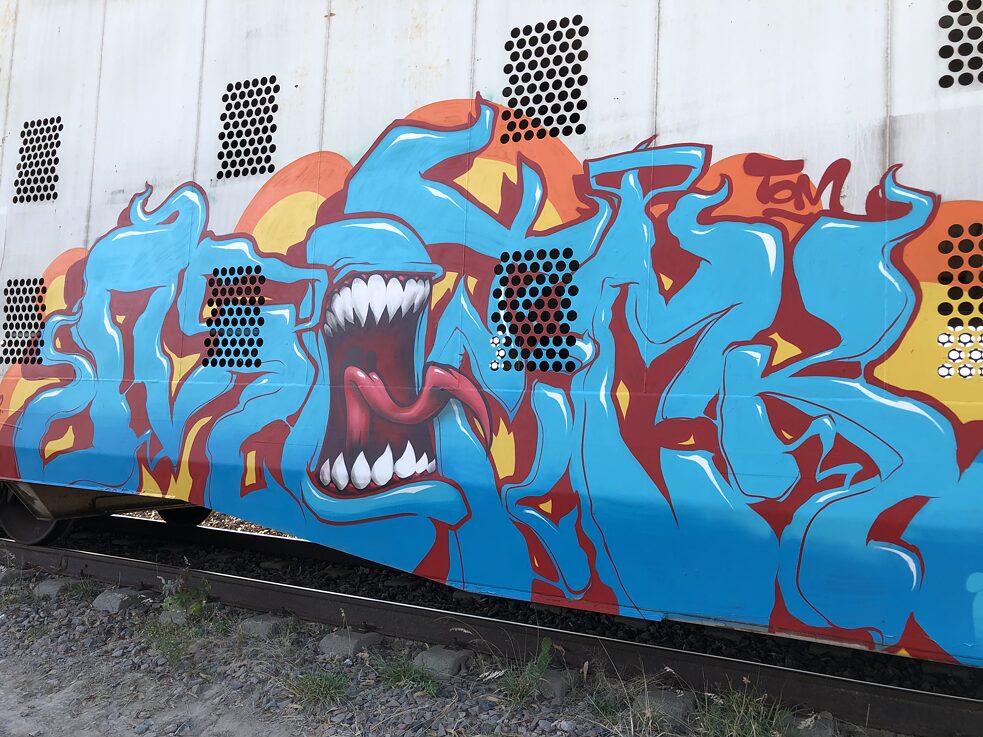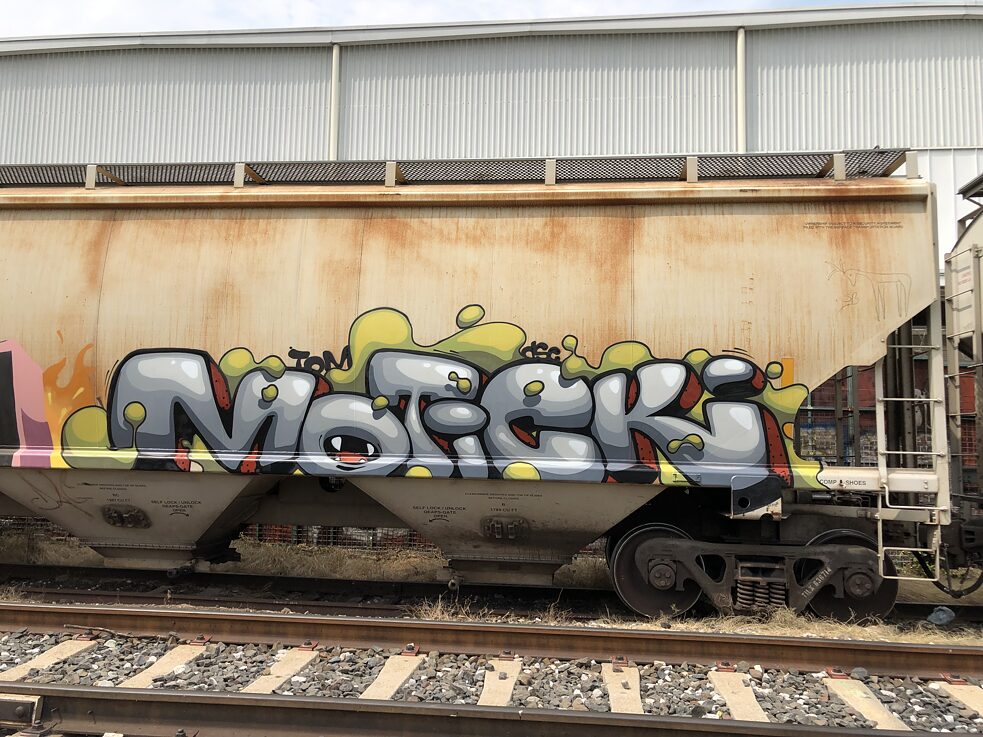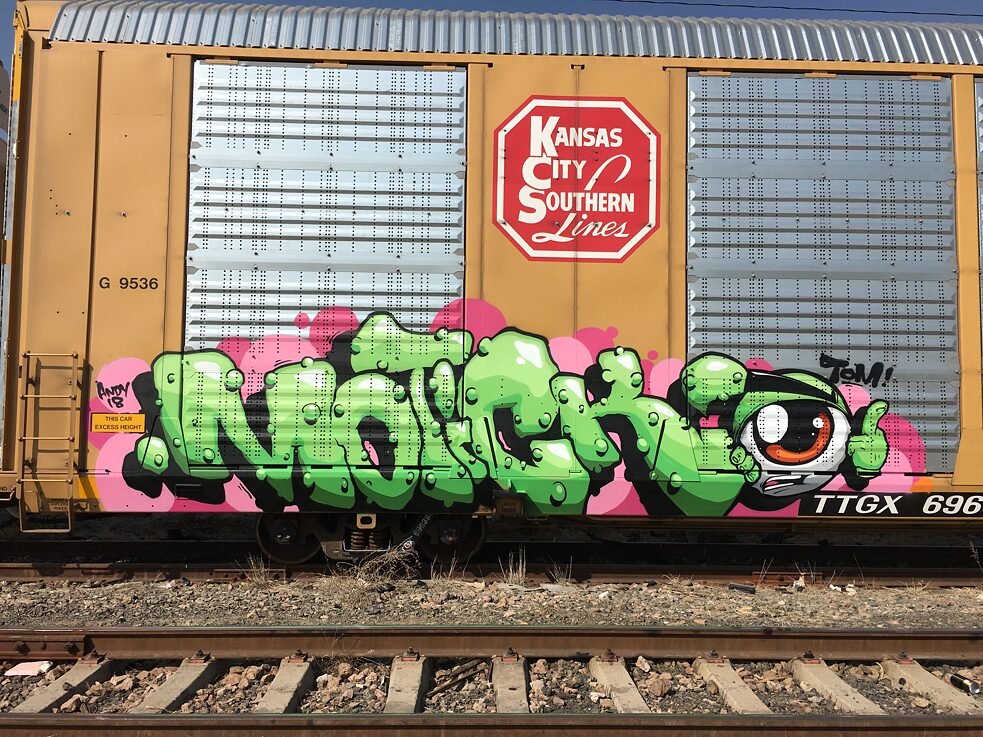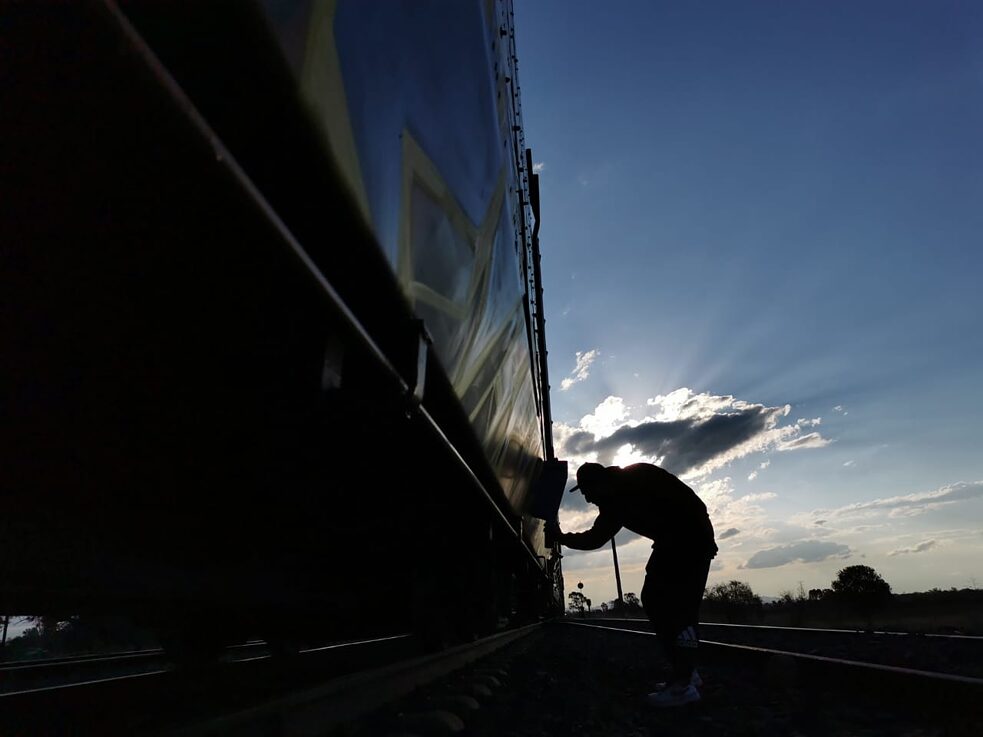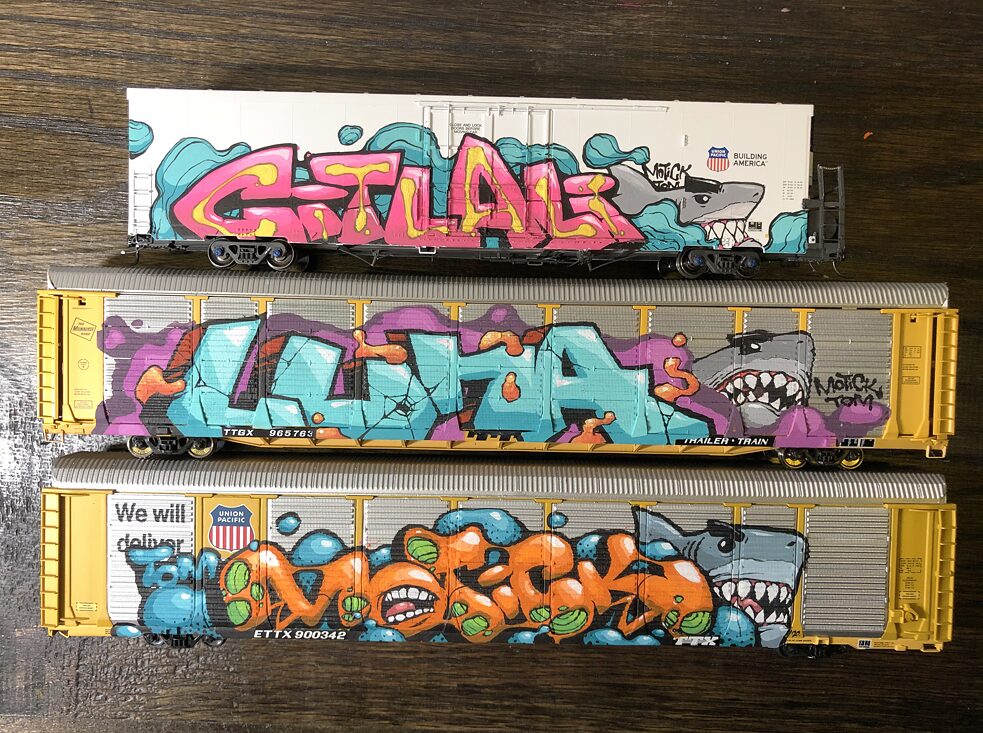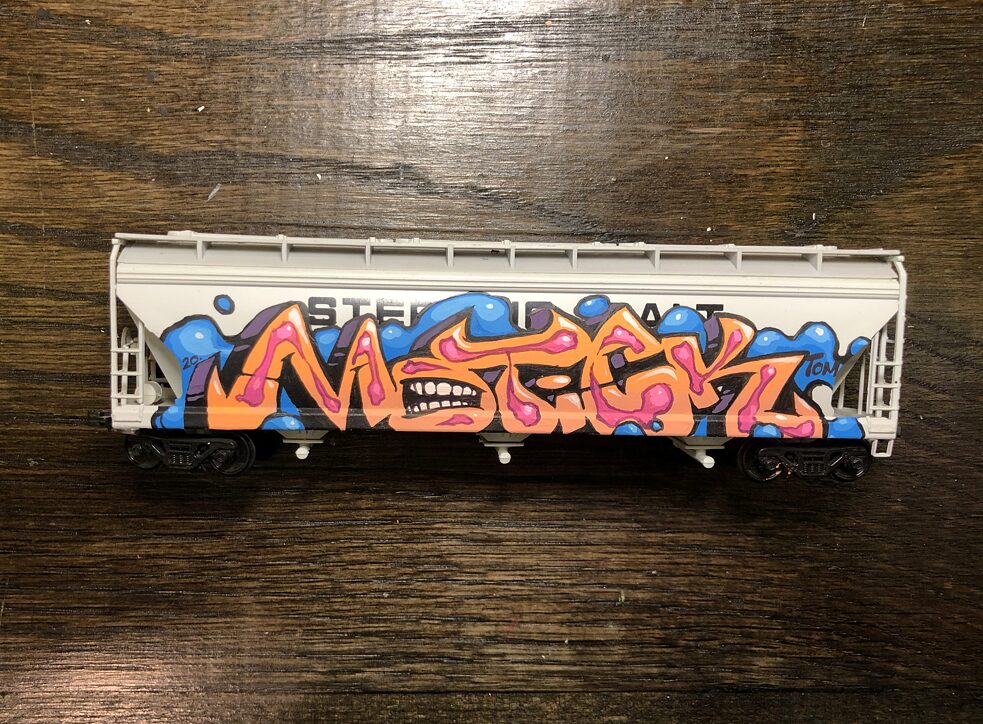Tlatelolco holds an important place in Mexico City’s urban and historical memory. This neighborhood in the capital’s center has been the scene of a number of key events and changes in the country’s history. The extensive Plaza de las Tres Culturas (“Three Cultures Plaza”) has particular symbolic value, as this is where the country’s pre-Hispanic and colonial past meets modern Mexico. However, an atrocious act still casts a shadow over this tourist attraction, as this is where students and workers engaged in peaceful demonstration were attacked and killed by the military on October 2, 1968.
What happened there that evening and every day thereafter took place directly beneath the eyes of the residents of the Nonoalco-Tlatelolco district, an ambitious and modernist project encompassing hundreds of housing blocks on an area measuring roughly 964,000 square meters. When inaugurated in 1964, it seemed like a promise to the future: a city within a city, boasting schools, office buildings, hospitals, shopping arcades, theaters, sports grounds, movie theaters and its own subway station. The massacre of 1968 came as a rude awakening from this dream. However, it was the earthquake of 1985 that really turned Tlatelolco into a nightmare.
Tlatelolco 1985: Earthquake and Resurrection
The neighborhood in which the mural is to be found does not appear to have changed much in the meantime. Time has taken its toll nonetheless. The playground in front has aged: a broken swing, a rusty climbing frame, a burst tire. Behind it, Tlatelolco 1985: Sismo y resurrección is gradually disintegrating. In some places the paint has already flaked off so much that it will soon be virtually impossible to make out the geometric figures that Puente once painted on the headquarters of the Telmex telephone company.Tlatelolco 1985: Sismo y resurrección is part of a series of murals that the artist from Tamaulipas created in Tlatelolco in the late 1990s. All are around 30 meters high and designed not only to make the urban environment more attractive but also to strengthen the local community. A number of volunteers, most of whom live in the direct vicinity, helped Puente paint the building facades. They picked the artwork themes and also climbed up onto the scaffolding themselves, armed with paint pots and brushes. This enthusiastic little group spawned the Red Urbana de Muralismo Comunitario (“Urban Network for Community Muralism”) that would see Puente’s followers continuing his work.
Ten murals were originally planned in the project description. Ultimately, however, only four could be completed. Two others remained unfinished when the artist died in 2005. The organization has already launched several attempts to draw attention to the need for the artworks to be restored, but so far in vain. The paintings faded into oblivion to such an extent that they were only remembered again when construction works were carried out on the General Anaya building in 2019 and a mural entitled Tlatelolco, héroe y mártir de las libertades (“Tlatelolco, Hero and Martyr of Freedoms”) simply disappeared from one day to the next.
Even if these works are not always viewed strictly as street art, Puente’s intention to “create a common cultural heritage” still serves as a model and inspiration for countless artists to this day. It is little surprise then that some of them describe themselves as “Muralistas 2.0” in a direct reference to the Muralismo movement of the early twentieth century. Their concept of art is similar to that adopted by Puente and other artists from previous generations: urban creations only acquire meaning when they can be jointly experienced and shared with others.
